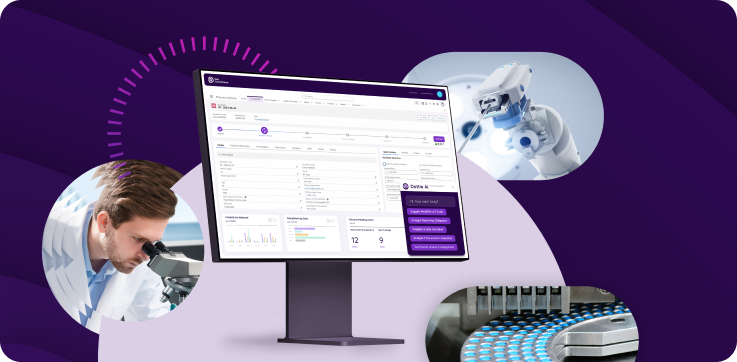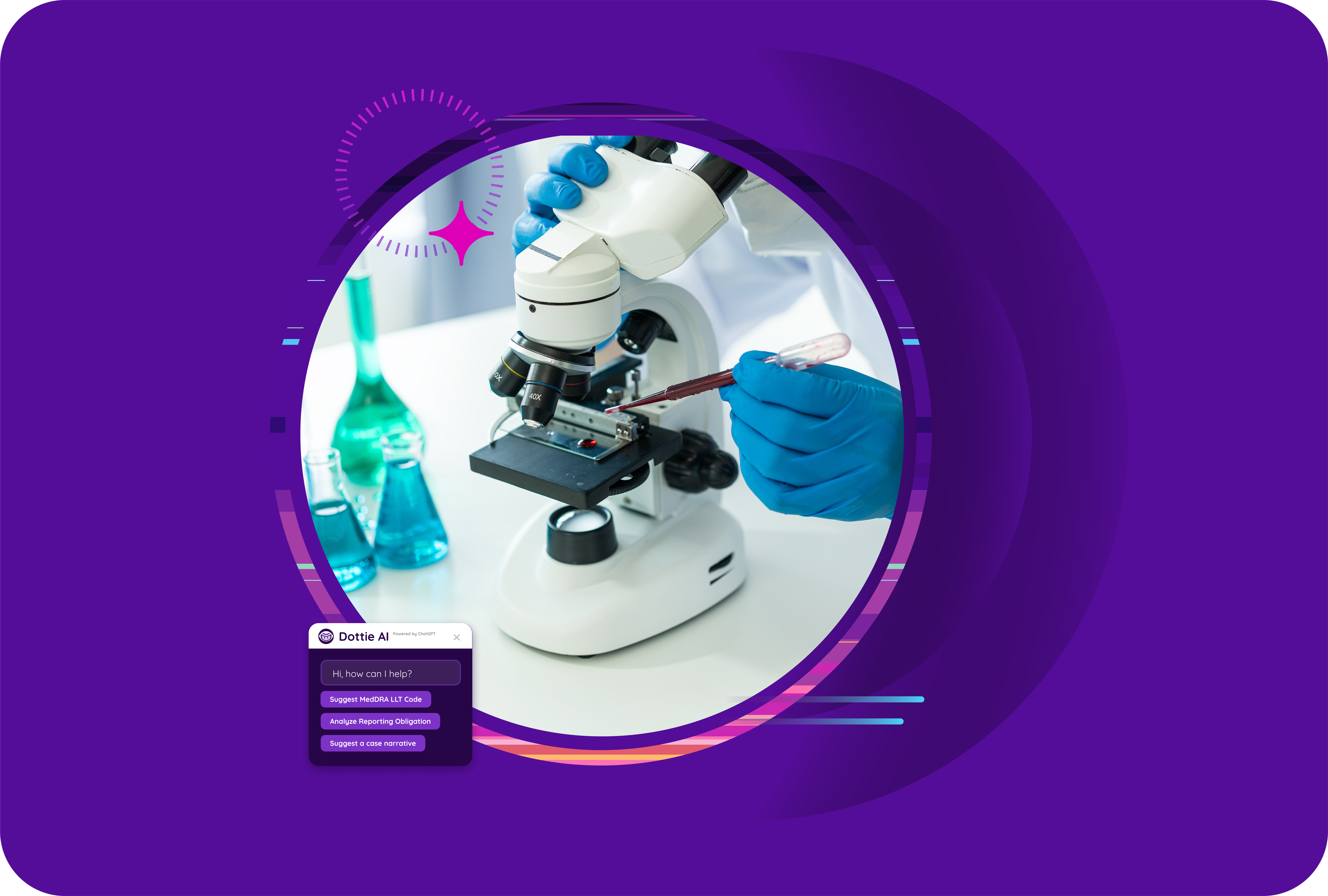
The digital revolution and IoMT (Internet of Medical Things) has transformed the healthcare landscape. Software and connected devices are now being used to power disruptive medical technologies and solutions. Bioinformatics, point-of-care diagnostics, and 3D printing are just a few of the exponential medicine breakthroughs enabled. Software is changing how healthcare professionals act and react, how they interact with their patients, and patients’ abilities to take charge and manage their health like never before.
This dependency on software for next-generation medical devices to carry out their intended tasks has led certain software to be classified as medical devices. Software as a Medical Device (SaMD) is a standalone software that serves as a medical device and can perform intricate medical functions. These include such as diagnosing conditions, proposing courses of treatment, and informing clinical case management.
This article will highlight the essentials of SaMD, so you can better understand what it is, how it works, and why your medical practice or healthcare business would benefit from its integration into your daily activities.
What is Software as a Medical Device (SaMD)?
A comprehensive definition of SaMD comes from the International Medical Device Regulators Forum (IMDRF), the group of global medical device regulators charged with harmonizing the regulatory requirements of different medical products from different countries. They state that Software as a Medical Device is “software intended to be used for one or more medical purposes that perform these purposes without being part of a hardware medical device.”
SaMD can serve as a medical device on its own, or it can interface or be used in combination with other products,which includes medical devices. However, software is not considered SaMD if it is designed to power a hardware medical device. In such a case, the software could be considered Software in a Medical Device (SiMD), Software as an Accessory (to a medical device), or general-purpose software that is not specific to the healthcare industry.
What are some examples of SaMD?
Different SaMD software enables healthcare professionals and their patients to achieve various goals, from prevention and diagnosis, to treatment and care. These solutions can be used across various technology platforms, including “off-the-shelf” and virtual platforms.
Common examples of SaMD include:
- Software that analyzes imaging, to detect and diagnose strokes and other acute conditions.
- Software that maps a woman’s fertility, to empower her control over her reproductive capabilities.
- Software that can track the progression of a medical anomaly or condition, such as the growth of a mole to determine the risk of cancer.
- Software that generates insights from other digital devices to assess the risk of a patient experiencing a medical emergency and create prevention and/or intervention strategies, accordingly.
- Software that analyzes personalized patient information to determine correct drug dosage.
- Medical software that operates on a general-purpose platform, such as a patient’s digital camera.
- Software that uses a smart device’s microphone to detect episodes of apnea in sleeping patients, and activate an alarm to wake them accordingly.
What about other medical non-medical device software?
As mentioned above, SaMD is but one of four main medical device software subclasses. To determine whether a particular software falls under the category of SaMD or whether it is considered a member of one of the three other subclasses, two questions must be answered:
- Does the software provide a direct medical benefit when used (correctly), and can it place the patient at risk if it is used incorrectly or malfunctions?
- Is the software capable of operating independently, or does it support the performance of another medical device?
The software is only SaMD if you answered “yes” to the first question in its entirety, as well as to the first half of the second question. Any other answer immediately relegates your software to one of the three other subclasses (SiMD, Software as an Accessory, or general-purpose software).
Examples of non-SaMD medical software include:
- Software that collects information from patient test devices, such as a blood glucose meter and/or patient food diary, to inform insulin dosage decisions for patients with diabetes.
- Software that operates imaging devices, such as software that rotates the magnets in an MRI or activates the control panel in an X-ray machine.
- Software that collects, organizes, and retrieves medical data, such as an Electronic Health Record (EHR) system.
- Fitness or wellness software that helps patients manage stress, encourage healthy living, or monitor healthy adults or babies’ eating and sleeping behaviors, instead of focusing on disease prevention, diagnosis, or treatment.
SaMD Regulatory and Compliance Challenges
SaMD presents challenges in the regulatory and compliance arena, given the rapid rate of innovation and its effects on the already expansive selection of existing and potential future SaMD solutions. Certain challenges, such as software security and standardization of device identification and tracking to ensure consistency worldwide, can be overcome and resolved. However, ongoing innovations create new challenges on a regular basis for developers.
To ensure successful SaMD development, compliance with relevant regulatory systems must be attained. Regulatory bodies, namely the FDA and IMDRF, have issued regulations that apply to given software applications used on mobile applications and general-purpose platforms alike. The goal is to harmonize or unify SaMD regulations for safe and effective SaMD use.
Key regulations for US and European markets include:
- EU MDR: a set of medical regulations and a risk classification system for SaMD solutions;
- FDA guidance: nonbinding recommendations on the use of medical devices “cleared or approved by the FDA review of a premarket submission or otherwise classified by the FDA.” In addition, the FDA has implemented several critical regulatory steps, including:
- The Case for Quality program (2011)
- The Software Precertification Program (2017)
- The Digital Health Innovation Action Plan (2017)
- Alignment between FDA 21 CFR Part 820 (US) and ISO 13485:2016 (worldwide)
- IMDRF guidance: main definitions, risk categorization frameworks, and quality management system (QMS) requirements for SaMD.
- ISO 62304 standard: guidance on how software manufacturers should manage their life cycles, with classifications according to the level of concern.
- AAMI TIR80002-1: a risk management guidance linked to the ISO 14971 risk standard.
Compliance with the above-listed regulations ensures SaMD developers can utilize their products safely and consistently in the global marketplace of life sciences organizations.
QMS as Critical for SaMD Compliance
To ensure SaMD compliance with the relevant regulatory requirements, software solutions must undergo verification and validation.
The easiest way to define and understand these terms is:
- Software verification testing – confirmation by presenting concrete proof of the fulfillment of necessary requirements.
- Software validation testing – confirmation by presenting concrete proof that software specifications consistently meet users’ needs and can be used for their intended uses.
Verification and validation are proven via a series of unit, integration, and system tests.
Another critical test for SaMD is performance testing, which ensures that the SaMD solution is accurate and within the required range of resolution.
The goal of all these forms of testing is to ensure maximum reliability and risk management so that the software helps maximize life and quality of life while minimizing malfunctions and harm.
Using a robust QMS platform offers SaMD software developers substantial benefits when it comes to managing the tremendous amount of data involved in producing and running the software in full compliance with the relevant regulations.
These benefits include increased operational efficiency, the ability to connect disparate processes, connected quality and regulatory enforcement, end-to-end visibility, a reduced time to market, and more.
Conclusion
The ongoing digital revolution has not skipped the healthcare industry, and the SaMD marketplace shows signs of continuous growth. As such, delivering safe, profitable SaMD solutions that comply with new regulatory requirements, a push for globalization, increased financial scrutiny, and significant competition has become a new normal.
Medical device companies seeking to innovate and re-conceptualize even the most elemental business functions must employ a high-quality QMS solution to keep up with physician and patient demands, as well as with the changing regulatory landscape. Doing this is the most efficient and effective way to ensure consistent, quality, and satisfactory patient care for the long term.


